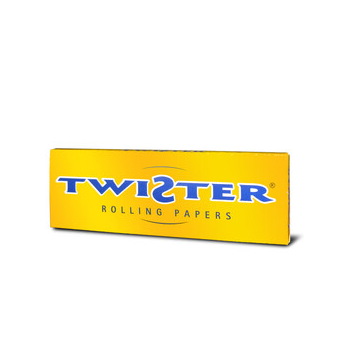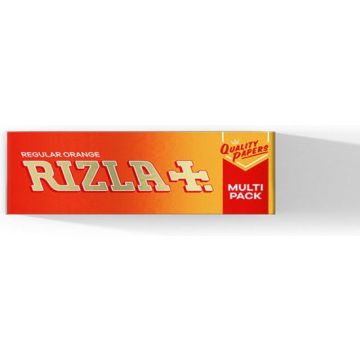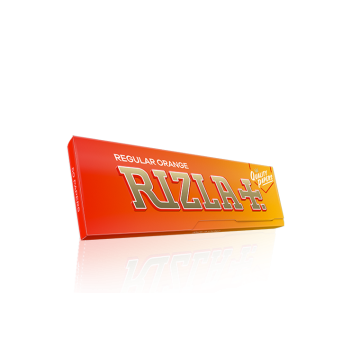Rolling papers
Rolling papers, who doesn't know them? Almost every smoker has used rolling papers to roll a cigarette at some point. Buying rolling papers is easy and convenient on this page. All the papers in this category are specifically designed for rolling your own cigarettes, also known as "rollies". If you're considering buying rolling papers but aren't sure which brand or type of paper suits your needs best, continue reading at the bottom of this page, where we provide more information about buying rolling papers.
Engaging blogs about Rolling papers

Fijne service en snel
Really a top tier site everything seems a bit fake but they have the best prices and a really fast delivery with trackingorder. Goated website big probs
Types of Rolling Papers
Rolling papers, the average tobacco smoker can't imagine a world without these handy papers. However, not much is known about the exact origins of rolling papers. It is said that Spanish merchants were the first to trade specially cut and unprinted pieces of thin paper for this purpose. Soon after, a factory was opened to meet the growing demand. Now, hundreds of years later, the concept of rolling papers has remained largely unchanged, although the production methods, thickness, and types of rolling paper have naturally evolved over the years and have been equipped with adhesive strips. Nowadays, you can buy rolling papers in a wide range of thicknesses and sizes. There are the well-known papers made of bright white bleached paper, such as Mascotte papers, but you could also go for the much thinner Rizla papers made from rice paper! In short, different people have different preferences. In this category, you'll likely find a type of rolling paper that suits your needs.
Difference between Thin and Thick Rolling Papers
The main difference between thin and thick rolling papers is quite self-explanatory: thick papers are thicker than thin papers. But what exactly is the reason that one person prefers the sturdiness of Mascotte Original papers while another swears by the ultra-thin rice paper of Rizla Blue papers? Partly, it's a matter of personal preference, but there are also practical differences between the different types of rolling papers. For example, Mascotte Original papers have the advantage that their relatively thick paper reduces the likelihood of accidentally tearing the paper while rolling a cigarette. People who opt for the ultra-thin Rizla Blue papers mention that these papers have the least aftertaste (precisely because they are so incredibly thin) and that a cigarette rolled with these rice paper papers self-extinguishes when left in an ashtray for a longer period of time. This means less tobacco is wasted if you forget about the cigarette for a few minutes, and you can simply relight it afterwards!





